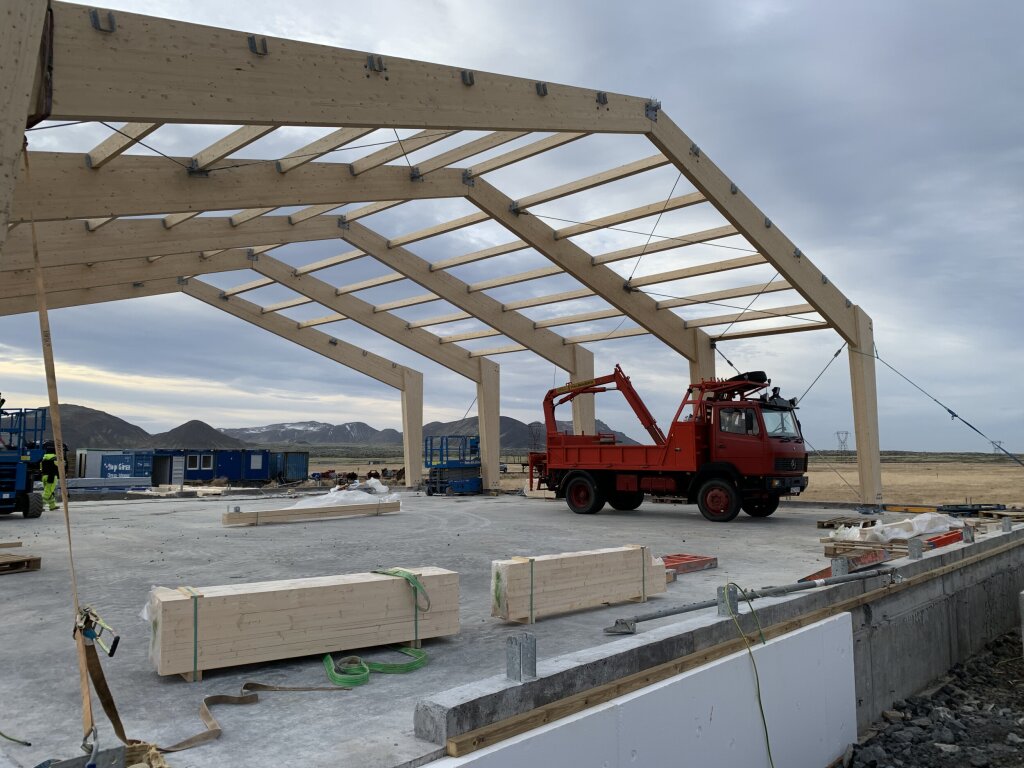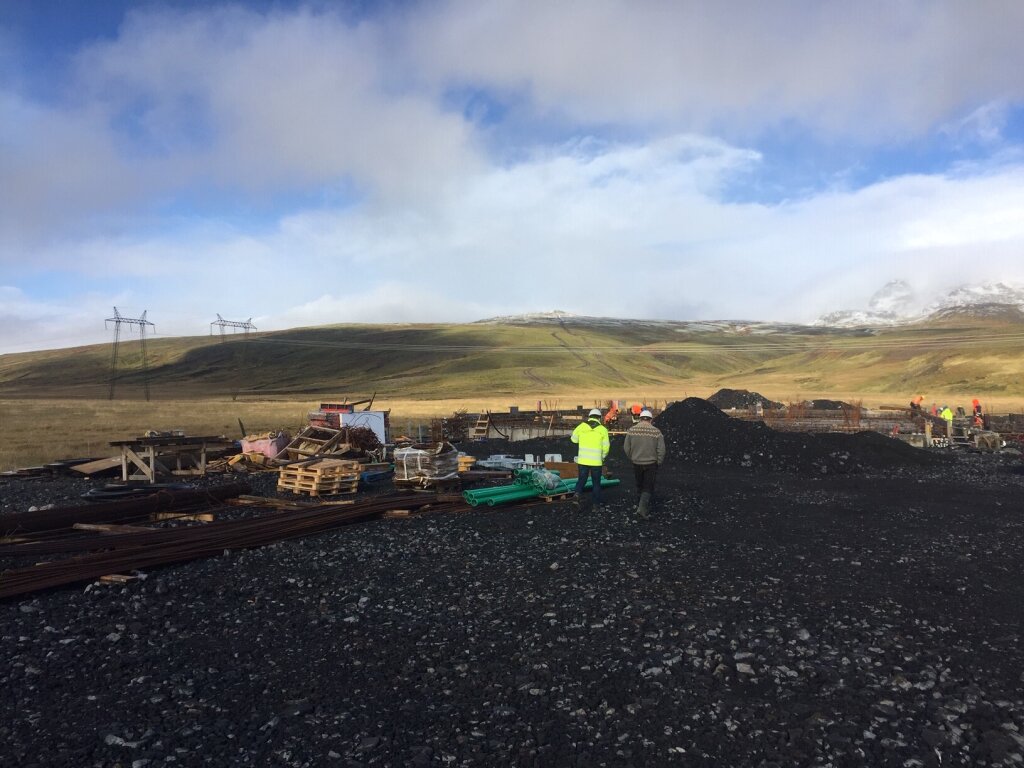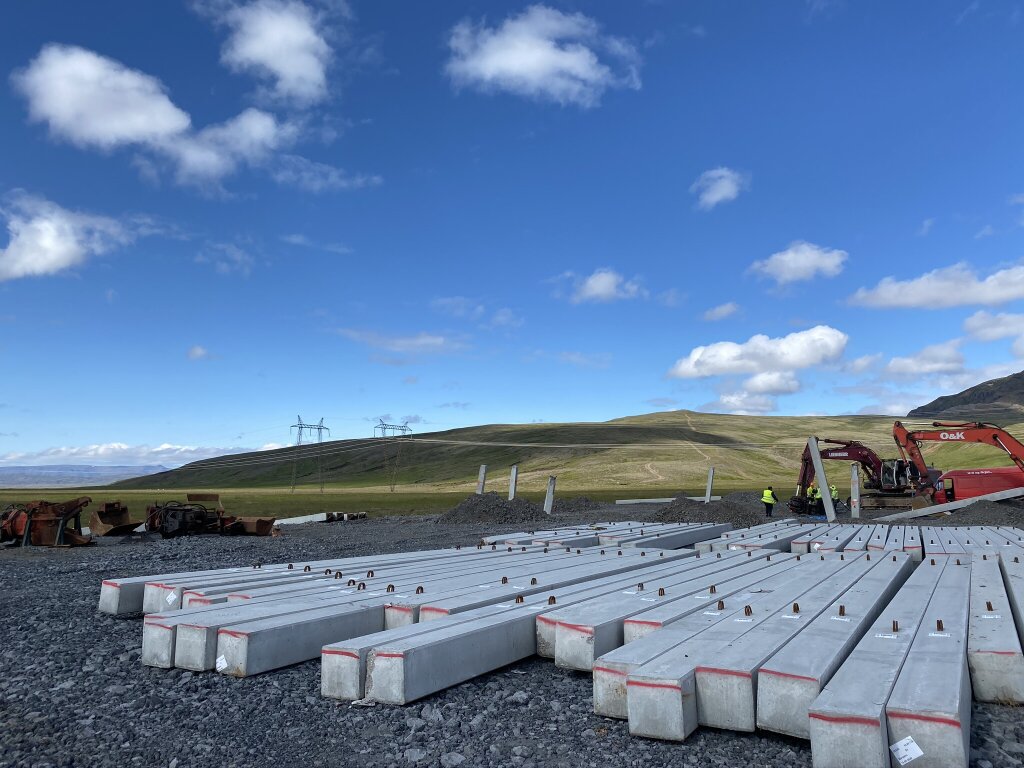Key takeaways
Orca sets high standards for the emerging carbon dioxide removal industry by providing accessible, fully measurable, and permanent CO₂ removal.
The construction on Orca has begun and will be finalized in 2021: the modular design of Climeworks’ CO₂ collectors makes it possible to implement large-scale industrial constructions at speed.

Climeworks continues to make large-scale carbon dioxide removal a reality with the rapid construction of its new direct air capture and storage plant, “Orca”. Orca will take carbon dioxide removal to the next level: it combines Climeworks' direct air capture technology with the underground storage of carbon dioxide provided by Carbfix on a much larger scale, capturing 4’000 tons of CO₂ per year.
In addition to emissions reduction efforts, which prevent new CO₂ from entering the atmosphere, climate scientists agree that removing historic emissions is crucial to limit global warming to 1.5°C. Therefore, carbon dioxide removal solutions need to be scaled up drastically.
By providing accessible, permanent, and fully measurable CO₂ removal, Orca sets high standards for the emerging carbon dioxide removal industry.
Orca will permanently remove CO₂ from the atmosphere on behalf of corporations or institutions as well as individuals. A unique subscription-based program enables anyone to join the innovative community of nearly 3’000 pioneers from 54 countries around the world who are already leading the way to a climate-positive world.
Project details
By scaling up its direct air capture and storage technology, Climeworks is making a permanent CO₂ removal solution more easily attainable. Due to the modular nature of the Climeworks technology, it is possible to achieve short construction times, which will be a key enabler for scaling the technology in the future.
The construction of Orca comprises two phases: phase one started in October and is expected to be completed by the end of this year. It includes the infrastructure and the foundation for the new generation of Climeworks’ CO₂ collectors. Phase two involves the installation of the plant and machinery in Iceland and is expected to be finalized in 2021.
Orca, once complete, will have a nominal capture capacity of 4’000 tons of CO₂ per year, making it the largest direct air capture and storage plant to date. Orca is being built close to ON Power’s Hellisheidi Geothermal Power Plant in Iceland, meaning that all the energy required to run the direct air capture process at Orca will come from purely renewable sources. Underground storage of CO₂ is performed by Carbfix.
Lead the race toward net zero
High-quality carbon removal for your climate strategy.




